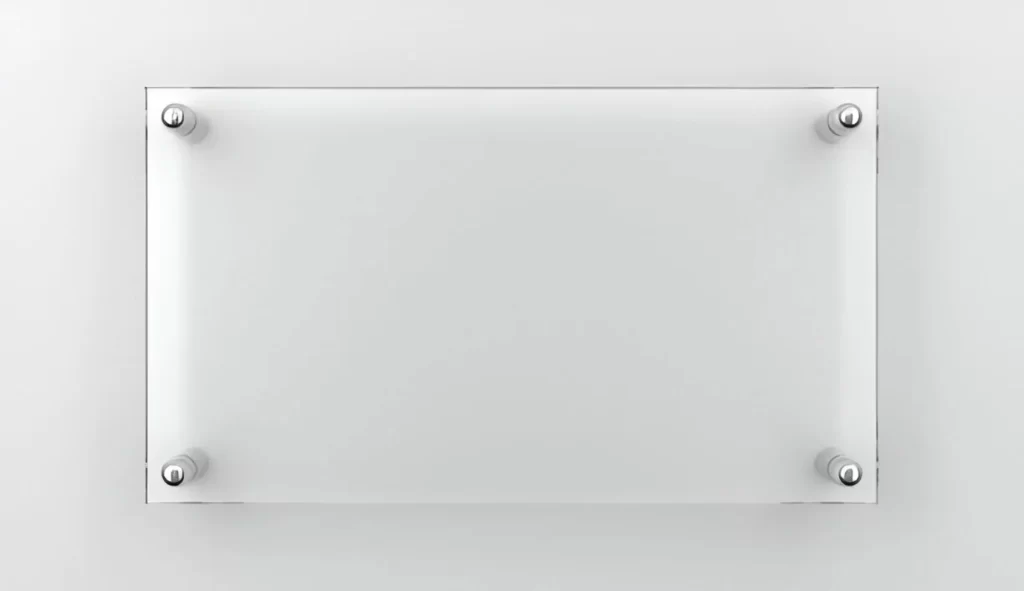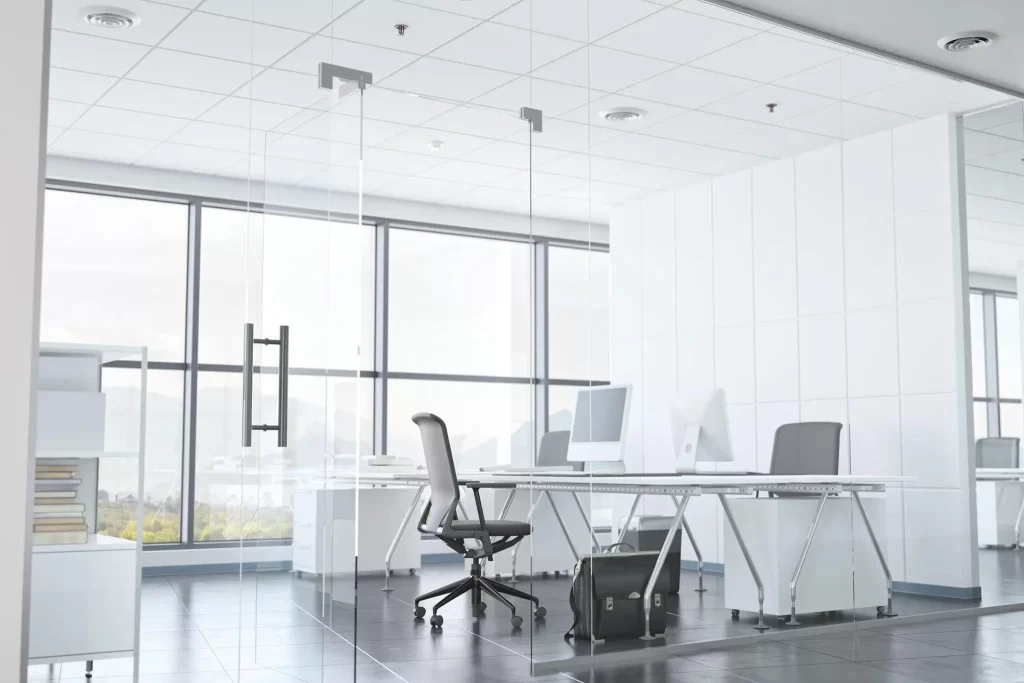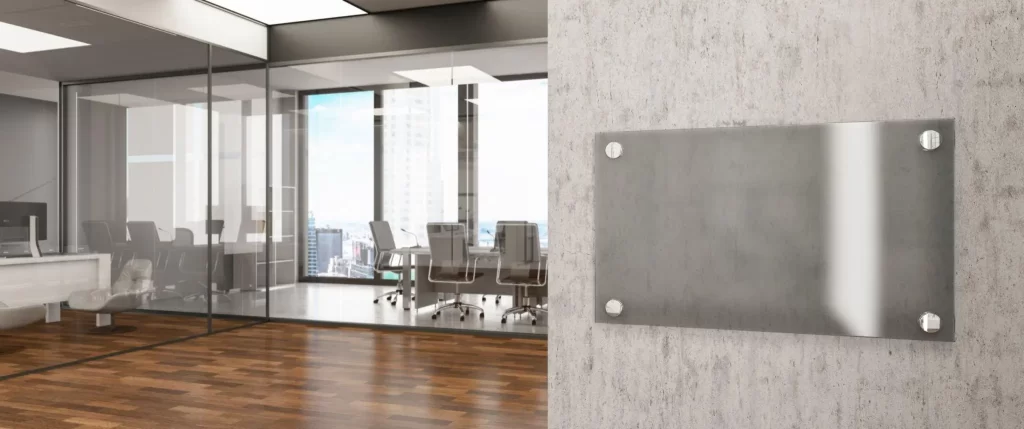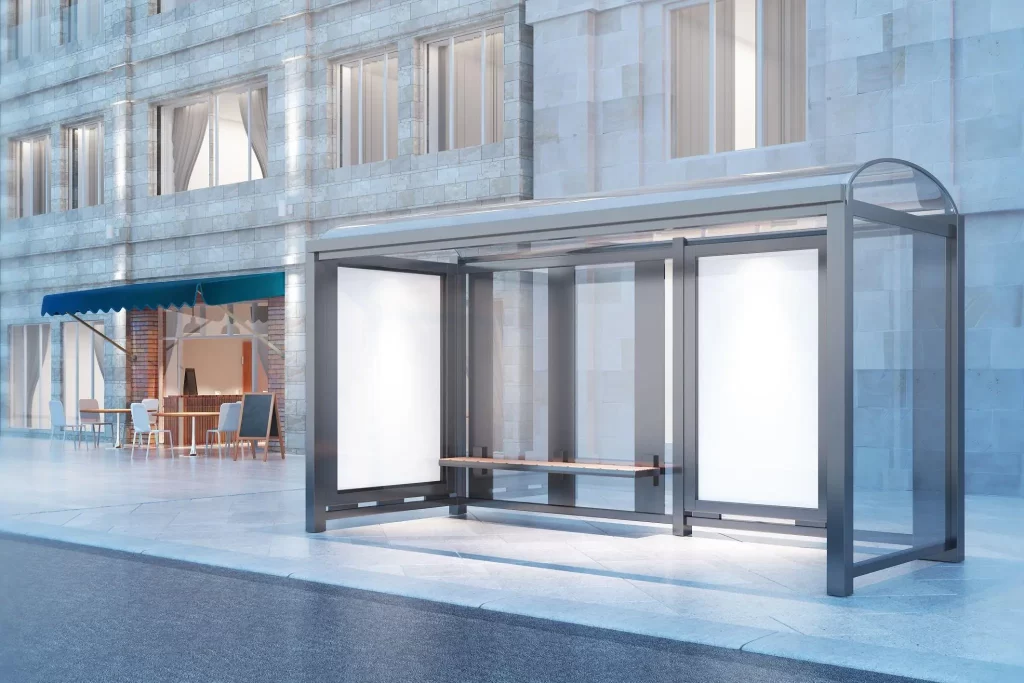
Glass wall panels is a revolution and it has become a part of modern architecture with its practical use and great visuals, These panels look beautiful and are perfect for the long run. These panels are also used for transparent partitions within any space, These partitions allow natural lights to come in and lighten up the entire space. As we know that the trends in architecture evolves time to time so glass panels have become a trend at this time because of its both residential and commercials uses. For your glass related projects you can call Us at tel:+1 602 300 0851
Definition And Purpose Of Glass Wall Panels
Glass wall panels are made of tempered glass and they are best for transparent divisions while maintaining an open and bright atmosphere. They let the light pass beautifully create perfect brightness in the space and make the interior design look luxurious. They also enhance the natural light diffusion which promotes an optimistic and pleasant environment.

Evolution In Architectural Trends
By using the glass wall panels, it has given to the traditional partitioning techniques not only the more airy but also create a room more lightning filled. These panels aye used by designers and architects to provide connection between spaces that enhances the flow and unity of the building.
Benefits Of Glass Wall Panels In Modern Spaces
Some of the benefits include improved aesthetics, increased energy efficiency, and increased property value. However, potential disadvantages include higher startup expenses and ongoing maintenance requirements.
Types Of Glass Wall Panels
Being aware of the many types of glass wall panels enables one to make well-informed design choices that are suited to individual requirements and tastes.
Framed Glass Wall Panels
Framed glass wall panels include various materials and construction methodologies.
- Materials And Construction: These panels is made up of aluminum or steel frames that not only increase its structural strength but it also increases the visual appearance. So due to this it enhanced not only durability but it increased the appearance of the panels.
- Cost Analysis and Variations: The cost of framed glass wall panels varies based on the framing material used, the design complexity, and the dimensions, with aluminum frames being less expensive than steel frames.

Frameless Glass Wall Panels
A smooth, continuous expanse of glass is displayed by frameless panels.
- Design and Installation Process: The panels’ attractiveness is further enhanced by their lack of visible frames. Precise techniques are used during installation to guarantee safety and structural integrity.
- Comparative Cost Breakdown: Because they require high-quality materials for structural dependability and their installation is more complex, frameless panels are typically more expensive.
Decorative Glass Wall Panels
These panels accommodate a wide range of artistic styles and personalization choices.
- Artistic Designs and Customizations: Interiors are given a distinctive touch by artistic designs, etchings, or custom patterns, which improve the space’s aesthetic appeal and atmosphere.
Associated Costs and Specialized Features: The complexity of the design and the specialised processes used in their manufacturing determine how much decorative glass wall panels cost.
Factors Influencing Glass Wall Panel Costs
Understanding the primary factors influencing the costs of glass wall panels is critical for planning and decision-making.
Contact Us For Unique Products And Services
Size And Dimensions
The size and dimensions of the panels are directly proportional to the material requirements, influencing both the initial costs and the installation complexities.
Glass Thickness And Quality
The thickness and quality of the glass have a considerable impact on durability, safety, and overall expenses. Thicker, higher-quality glass is more expensive, but it frequently provides more durability.
Customization And Design Complexity
Because of the specialized craftsmanship involved, intricate designs and personalized adaptations contribute to increased expenses.
Installation Methodologies And Labor Costs
Installation methods, whether professional or do-it-yourself, as well as labour costs, all have an impact on the overall costs of putting up glass wall panels.
Cost Analysis Of Glass Wall Panels
A detailed breakdown of expenses clarifies the investment required for glass wall panels.

Assessing Material Expenses
- Breakdown of Glass Costs per Square Foot: Glass prices vary depending on thickness and quality, but typically range from $30 to $200 per square foot, accounting for a sizable amount of total costs.
- Additional Materials (Sealants, Frames, etc.): Additional materials, such as sealants, framing elements, and hardware, add to the overall prices, which vary based on the panel type chosen.
Installation Costs
- Professional Installation vs. DIY Options: Professional installation services are more expensive, but they ensure precision and safety. DIY (Do It Yourself) methods may save money on labour, but they require proper knowledge.
Labor Charges and Timeline Considerations: Installation costs vary according to complexity, panel type, and the complexity of the chosen design. Installing schedules have an effect on labour expenses as well.
Maintenance And Long-Term Expenses
Understanding the long-term costs of maintenance is critical in determining total cost-effectiveness.
- Cleaning and Upkeep Costs: Routine cleaning and maintenance costs include specialised cleaning solutions and periodic expert Potential Repairs and Replacements: Unexpected damages or wear may demand repairs or replacements, increasing the long-term costs of maintaining glass wall panels.
Comparing Glass Wall Panels To Traditional Walls
Comparing the benefits and cons of glass wall panels versus regular walls allows for more informed decision-making.
Cost-Benefit Analysis
- Efficiency and Energy Savings: By maximising natural light, glass wall panels contribute to lower energy usage when compared to traditional walls, potentially leading in long-term cost savings.
- Aesthetics and Property Value: The aesthetic attraction of glass panels frequently increases property value, potentially outweighing original costs.
Longevity And Durability
- Lifespan and Maintenance Comparisons: While traditional walls require fewer maintenance tasks, glass wall panels, if properly maintained, can provide comparable lifetime.
- Resilience Against Wear and Tear: Glass panels may be subject to damage, demanding fast repairs, although traditional walls may withstand wear more strongly.
Frequently Asked Questions
Addressing typical questions about glass wall panels aids in giving potential users and customers with thorough information.
Various varieties of glass, such as tempered, laminated, and low-iron glass, are often used in wall panels, each with unique properties in terms of strength, safety, and transparency.
The cost of complicated designs or customised patterns rises due to the specialised techniques and labour required for their implementation.
When compared to standard walls, glass wall panels contribute to enhanced energy efficiency by maximizing natural light and lowering the need for artificial lighting.
To maintain the attractiveness and longevity of glass wall panels, routine cleaning with mild solutions and occasional professional maintenance are recommended.
While do-it-yourself installation is an option, it takes knowledge and precision. Professional installation, however more expensive, ensures safety and proper application.
In order to solve safety problems related with glass wall panels, it is critical to utilize tempered or laminated glass, which lessens the chance of shattering and minimizes potential risks.
Conclusion
Making Informed Decisions About Glass Wall Panels
Glass wall panels revolutionize interior design principles by combining functionality, aesthetics, and versatility. Understanding the many factors, such as costs, types, and comparative studies, allows for more informed decision-making for spaces and budgets.
Recap Of Cost Factors And Varied Expenses
The final cost of glass wall panels is greatly affected by size, glass quality, customization, and installation methods.
Summarizing Benefits And Potential Drawbacks
The advantages include improved aesthetics, increased energy efficiency, and increased property value. However, potential disadvantages include higher startup expenses and ongoing maintenance requirements.
Encouraging Informed Decision-Making For Spaces Aand Budgets
Finally, reviewing the benefits against the expenses and taking into account individual tastes and requirements enables people to make informed decisions about including glass wall panels into their spaces and budgets.
In conclusion, the dynamic nature of glass wall panels reshapes the traditional approach to architectural design by providing a harmonic balance of effectiveness, aesthetics, and sustainability. For more informational articles like these you can visit Hals International.
